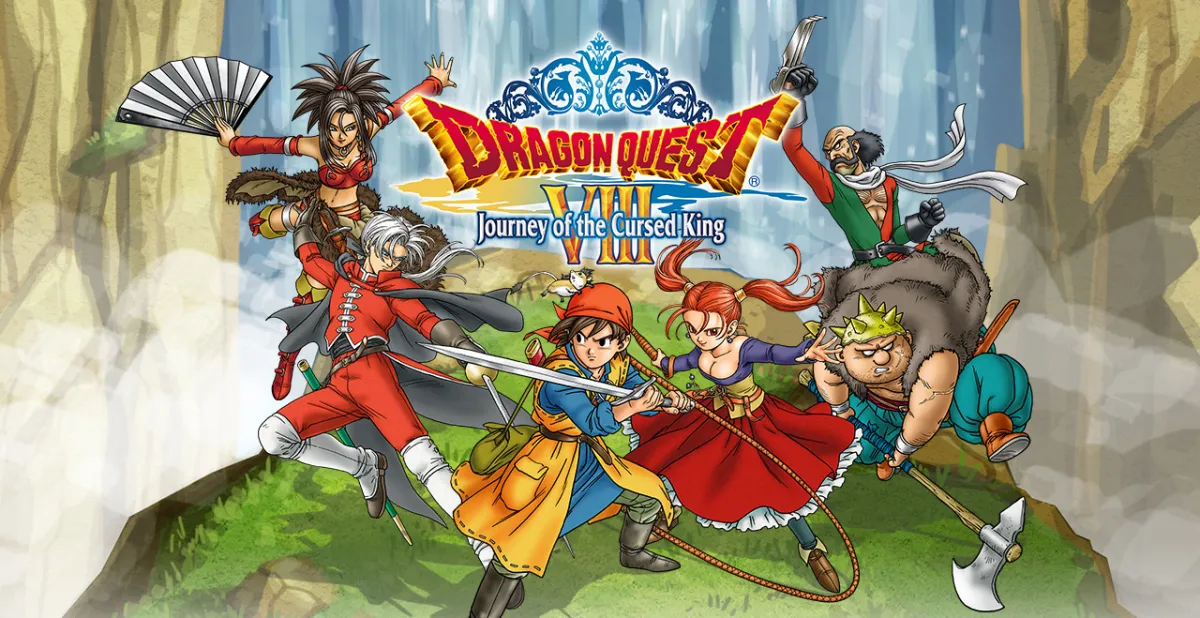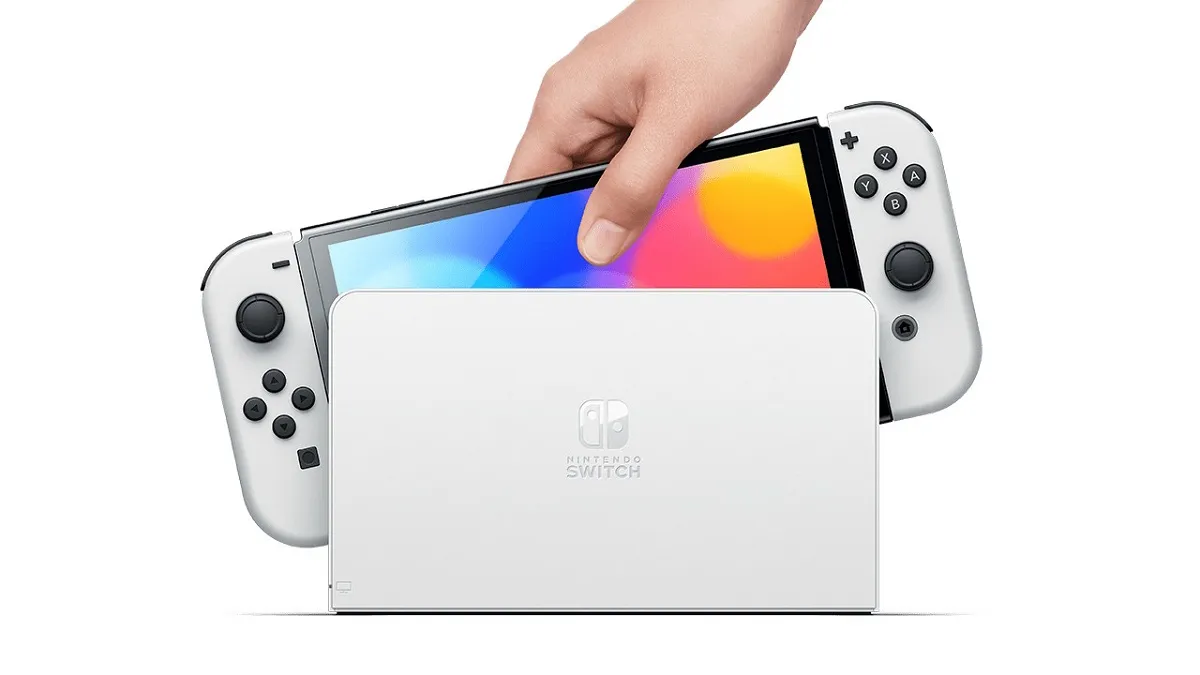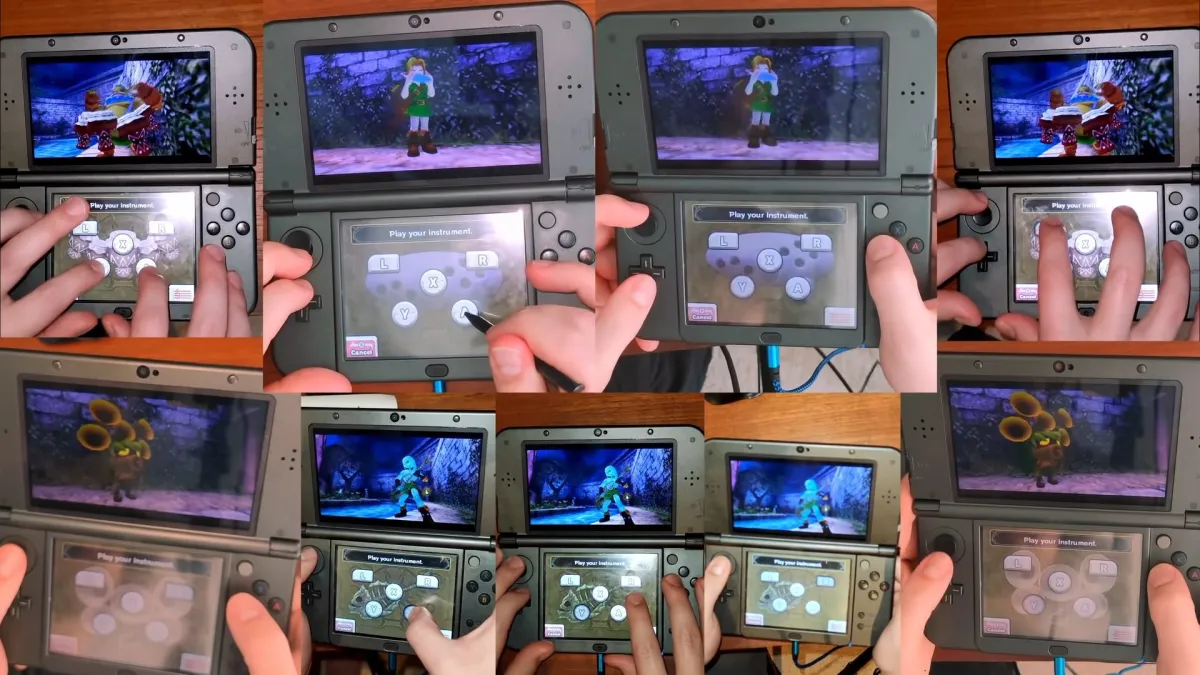Cor Blimey!
In order to finish this review, I’ve done pretty much nothing other than play Dragon Quest VIII: Journey of the Cursed King (DQVIII) for the past several days and nights. It’s a testament to the quality of this title that all I really want to do right now is turn my 3DS on and get right back into it.
In my review in progress for Dragon Quest VIII, I wrote about its early hours, and if you haven’t already, I’d encourage you to read that article. To sum it up, DQVIII was a masterpiece on the PlayStation 2, and the translation to handheld hardware adds far more than it takes away.
I wanted to make sure I tried out all of the new features added for the 3DS version before writing the final review, little realizing that this would mean sinking about 85 hours into the title. You can finish the game in considerably less time than that, but several of the new features are actually post-game content. As such, it’ll be difficult to discuss some of them without delving into spoiler territory. I’ll do my best to keep them light, but if you haven’t played DQVIII before and want to be surprised, stick with the review in progress.

Dragon Quest VIII: Journey of the Cursed King (3DS [reviewed], PS2, iOS, Android)
Developer: Level-5, Square Enix
Publisher: Nintendo, Square Enix
Released: November 15, 2005 (PS2), May 28, 2014 (iOS, Android), January 20, 2017 (3DS)
MSRP: $39.99
Dragon Quest VIII was first released in the U.S. in 2004, and in many ways it’s the last traditional single-player role playing game in the series. Dragon Quest IX introduced ad-hoc multiplayer and downloadable content to the series, and Dragon Quest X is a massively multiplayer online game that will probably never make it outside of Japan. With this remake for the 3DS, Square Enix took the time to make sure that DQVIII was a little more modern and player friendly without removing the charm and appeal of the original.
While I’m disappointed that the orchestrated soundtrack was removed from the 3DS version, that’s really the only downgrade from the PlayStation 2 version, and the addition of the new features heavily outweighs that disappointment. I was pleasantly surprised to see that the religious references and some of the more risqué elements of the original made it through localization intact, including the infamous puff-puff scene. For a more general overview, please read the review in progress. In this review, I’ll go over each of the upgrades to the 3DS version in turn.
It may be considered a spoiler (though it’s featured pretty heavily in Nintendo’s marketing) that there are two new playable characters in the 3DS version. What surprised me most was just how late into the game each of them is recruited. Both characters had roles to play in the original version of DQVIII, but the four main characters are well balanced even without the additions. Both characters will enter your game at level 35, regardless of how high or low the rest of your team is, so it can be hard for the newcomers to keep pace with the rest of the party. Fortunately, everyone gets the same amount of experience whether they’re actively battling or not, so once they join, you can choose the party composition you like and stick with it.
Red the bandit queen will join your team automatically after a plot event, but Morrie requires a lot more effort to recruit. If you’ve played DQVIII before, you may remember Morrie as the flamboyant owner and operator of the monster battling arena. You’ll encounter him fairly early on, but I was shocked to find that he won’t join your party until you best him in the arena, meaning that you have to clear the Rank S challenge. The monster arena is a fun sidequest, but this is no minor task, requiring you to seek out and defeat some very tough monsters. Expect it to take a couple of hours and some serious exploration to complete this sidequest if you want Morrie on your team. Once you do beat him, you’ll unlock the brand new Rank X battles in the arena, though how these can be beaten is beyond me at this point.

Red’s special abilities allow her to occasionally steal items and gold automatically at the end of a battle, though this happens less frequently than you might think. She also has the highest base agility of all the playable characters, making her a great spot healer or team buffer in a pinch. Her abilities make her a good stand-in for Yangus, though she doesn’t have his considerable bulk, and tends to fall in battle more frequently.
Morrie fights with GUSTO and PASSION, and his abilities help to raise tension on himself and others. Boosting tension amps up damage dealt and healing without costing any additional MP, so it can be very helpful when facing a tough group of adversaries. Sadly, even though he’s the only person in the world capable of healing monsters, he can’t do so anywhere but the arena, so you’ll still have to return there if one of your monsters falls in battle.

For the most part, the two new characters are integrated well. They show up in cutscenes when appropriate and have occasional voice lines. I did notice during one sequence that Red disappeared, though this was handwaved away by Yangus, who said that she could “take care of herself” while the rest of the party was imprisoned. If you’re looking for the cracks they’ll show up, but if you don’t think about it too much the new characters are both very enjoyable additions to the team, and are a breath of fresh air when it’s time to battle.
Speaking of battle, it’s been streamlined considerably over other versions, and this is the feature that helps modernize Dragon Quest VIII most. Being able to see and avoid monsters on the world map and in dungeons takes a lot of the randomness out of random encounters, and is a feature I wish all RPGs had. Once hostilities begin, you can double the battle speed and set your party to fight using a number of preset behaviors, making combat a breeze. If you’d like more control, you can always choose the inputs yourself, or just control a single character if you prefer. I found that it was easiest to set the party to auto until I came up against a boss since the AI is good enough to take care of most encounters, though it does have a tendency to overkill some minor enemies. The AI controlled characters are reactive, so they can change their commands to heal a character that’s taken a heavy hit before a human player would be able to do so. You might find that a mix of AI and player-controlled characters works best for you, and DQVIII encourages such experimentation.
It’s mostly a quality-of-life improvement, but the change to how the map works is also a welcome one. Instead of having to pause and look at the map from your inventory, it’s always displayed on the lower screen. This function is pretty standard within DS and 3DS RPGs, and I think it’s one we’ll miss when people transition to the Switch. Having ready access to the map can help you find out-of-the-way treasures or just navigate some of the more confusing 3D spaces. I didn’t even notice how useful this was until a postgame dungeon removed the function, but I found that I missed it considerably once it had been taken away.

Apart from the changes to combat and cartography, the new feature you’ll encounter soonest is Cameron Obscura’s photography challenge, and this, too, is integrated quite well. You’re able to take pictures from the very beginning of the game by pressing the start button, but you won’t have a reason to do so until a few hours in. After meeting Cameron in Port Prospect, you’ll see challenges pop up whenever you enter a new area and can earn rewards once you meet the requirements. This sidequest is more fun than you might think and it encourages you to look at the world of DQVIII in a different way, seeking out golden slime statues, sightseeing, or trying to capture a monster’s idle animation on film. There are over 140 challenges to meet, and the rewards are well worth the time you put in. Unfortunately you’re limited to 100 photos in your album, so eventually you’ll have to delete some pictures before you can take more.
This photo mode is also integrated into the StreetPass functions of DQVIII, which is fun, even though it doesn’t seem to have much of a purpose. You can choose your favorite photograph, doll it up with stickers, filters, and a border if you choose, then share it online or via StreetPass for other DQVIII players to download and comment on. The only other online function promises downloadable items, but at the time of this writing, nothing has been made available yet.

The remaining new features all involve the postgame, so a final warning: if you’re concerned about spoilers, this is the part to skip.
Two new dungeons were added, though one has far more content than the other. One is triggered by visiting Neos after the significant events that occur there, and leads to a new boss monster as well as a nice redemptive arc for one of the characters you’ll interact with throughout the story. I did notice there was a small localization error in this dungeon, having to do with the name of the redeemed character. The other dungeon can’t even be accessed until you beat the main story and complete the final escort mission. Once you’ve done this and continue a save file, a bonus area will unlock. Playing through some postgame story here gives you the option to complete trials, and the reward for one of these is access to a dungeon hidden deep in the frozen north called Memories Lane. For completionists like myself, this place is pure sugar.
Memories Lane is basically a boss rush, but all of the bosses have been significantly upgraded. Even the weakest boss, Geyzer in Memoriam, has thousands of hit points, hits like a truck, and casts an incapacitating area-of-effect curse on the party. Later on there are some legacy bosses from other games in the Dragon Quest series, and you’ll need to be leveled and geared far more effectively than anything the main game requires to defeat any of them. If you’re looking to really break DQVIII over your knee, this is where you can put your skills and strategy to the test.

The only other new feature to speak of is a slightly different alternate ending, where the hero ends up with a different female companion. I didn’t get this, and after looking it up it sounds like you have to perform a very specific sequence in order to trigger it. I don’t think I’d have liked it, so it’s just as well I got the standard finale.
While Dragon Quest VIII on 3DS does many things right, there are some minor issues that could’ve probably used another pass before release. It’s unfortunate that Square and Nintendo couldn’t find a way to get Koichi Sugiyama’s orchestrated soundtrack in this version, which is the only thing keeping this from being the definitive edition. There’s no denying that the game starts slowly and maintains a deliberate, thoughtful pace throughout. If you have trouble concentrating, this may not be the game for you. There’s a lot that DQVIII doesn’t bother to explain to the player, letting you discover systems like Alchemy and Tension on your own. That’s fine, but it can be frustrating if you don’t realize that towns and NPCs change drastically between day and night, and sometimes you need to talk to a specific character at night to advance the plot. And while navigating and moving through the 3D space works fine, it can take some getting used to. You may find yourself walking around ledges you’d think you could step over. None of these are dealbreakers by any means, though they do keep the game from being flawless.

Dragon Quest VIII was without question one of the best RPGs on the PlayStation 2, and 13 years later it’s one of the best RPGs on the 3DS as well. If you haven’t played it before, this version offers a lot of features that make it very easy to recommend over the PS2 and mobile versions. Even if you have, there’s more than enough new content to make DQVIII worth revisiting. As I said in my review in progress, this game is a classic in every sense of the word, and I’m overjoyed that it’s available for a new generation to get their hands on.
[This review is based on a retail build of the game provided by the publisher.]





Published: Feb 1, 2017 05:00 pm